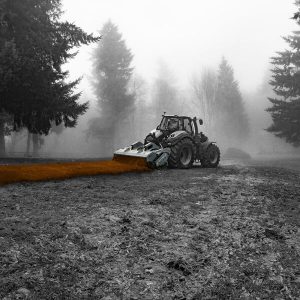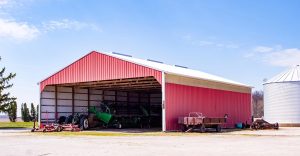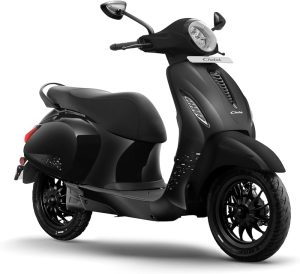What are the Signs of Bad Alignment?

The U.S. Department of Transportation’s National Highway Traffic Safety Administration revealed that mechanical failures are among the primary causes of car crashes. According to the Crash Stats data, lousy alignment of tires, wheels, and suspension accounted for 38% of accidents.
Knowing the symptoms enables you to find the right wheel alignment equipment and make the necessary adjustments to prevent accidents from happening. Keep in mind that roughly 3,287 people die in road crashes each day.
Usually, misaligned wheels are caused by worn out parts, height modification, substantial impact, and sudden jarring. One of the signs of a bad wheel alignment is the continual drifting of the vehicle in opposite directions on a smooth road.
Sloppy or hard wheels are very risky, especially when driving on a road that is full of curves. Loose wheels indicate problems in the steering and suspension systems.
Remove your hands off the steering wheel on an empty road to check if it drifts a little in a different direction. Besides that, continuous vibrations on the steering wheel while driving may also indicate the lousy alignment of wheels, tires, or damaged suspension components.
Examine the inside and outside edges of the front tires for excessive wear. In most cases, wear and tear on the sides will cause the vehicle to rotate in an awkward direction.
Constant noises are also another sign of bad wheel alignment. In most cases, sounds that come from underneath the vehicle may indicate loose or damaged car parts.
How to Find the Right Wheel Alignment Equipment
Choosing the right wheel alignment equipment is essential in ensuring that it can work well with the majority of vehicle models. Start your alignment equipment search by checking the machine’s interface.
Opt for wheel alignment tools that provide OBD2 interfaces to cater to modern vehicles with advanced driver assistance systems.
This assures that the equipment will work splendidly with vehicles that have adaptive cruise control, electronic stability control, lane departure warning, traction control, and anti-lock brake features.
These features can go through significant changes after technical wheel alignment procedures are performed. Take into account the vehicle protection features and make sure that the equipment has an adjustable surface to fit any wheels.
Ensure that the manufacturer approves the wheel aligner of the vehicle for precision and accuracy. For the best results, only choose equipment from reputed companies like Rav America, which has been approved by third-party providers.
Benefits of Appropriate Wheel Alignment
Using the right wheel alignment brings in a host of safety benefits for clients, not to mention increased sales and revenue. Properly maintaining a vehicle helps it run better and keeps it from running into unexpected issues that could leave anyone stranded on the side of the road.
The appropriate wheel alignment also improves fuel efficiency. The engine may have to work extra to propel the vehicle forward if the wheels are not aligned together.
Other than that, it also minimizes expensive auto repairs. Driving with a bad wheel alignment will result in car parts suffering uneven or premature wear and tear.
Specific areas of the suspension and steering systems take a hot when wheels are not evenly helping with the impact. More than anything else, a proper wheel alignment further increases the lifespan of tires, thus, saving money in the process.






